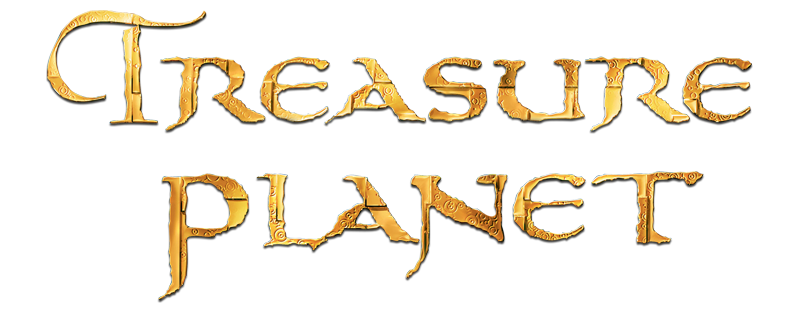
The size and intracies of the patches under the eyes reflects social rank, and the noblest of Procyon families have the largest patches. Procyon fur ranges from various shades of brown and rust to jet-black and can include white-striping and greying streaks in older members. Despite their size, Procyons possess a 20% higher muscle-to-bone ratio than Humans putting their strength on par with one another.

Thus their clothing tends to be more for ornate or protective rather then for warmth. The strategy of trying to determine who fits best where is made even easier by letting you sort characters by their attributes - it's just a matter of selecting the ones with the highest attributes for the various positions.Procyons are on average smaller then humans (often standing at chest height), and are coated in a thick fur that provides warmth on their homeworld of Laar. (Each person costs a different number of points depending on their skills.) You can switch out weapons, but there's little reason to do so the default weapons work just fine. Victory points are achieved after certain missions, and this determines how many people you can hire. You're given a set number of ships for each mission, and you can occasionally assign people to the various positions, such as gunners, engineers and helmsmen. It's interesting to note that, unlike most real-time strategy games, there's no construction or tech tree in Treasure Planet. This may make the game a bit more family-friendly, but it also feels rather lonely. Most ships, when destroyed, deploy lifeboats that you can pass over to pick up the stranded passengers, but again you only see the boat itself. The only things that even hint at the existence of life are the cutscenes, static icons that pop up next to subtitles, or when one of your own people passes on a bit of information. If you zoom in on a ship or island, everything is devoid of life. Treasure Planet also has a complete lack of living people. Combat tends to become a cumbersome process of creeping up alongside an enemy ship, firing your weapons, waiting on them to reload and turning about to make another pass. One of the biggest - the Royal Navy Man-O-War - turns about as easily as a house. The ships maneuver realistically, but even the fastest ships move at an excruciatingly slow speed, and the bigger the ship and the better it's manned, the slower it moves and turns. In other words, if the designers had drawn water beneath the ships instead of outer space, you wouldn't know the difference. To attack an enemy ship, you'll guide your ship alongside theirs and attack with your deck cannons, which are usually located port and starboard, with perhaps a couple of machine guns stern and bow. You can't guide your ship above or below other ships for more tactical maneuvers. One of the first things you'll notice while playing through the single-player game is that although Treasure Planet is a 3D space game, the world only exists on one plane. In keeping with the theme of the new movie, it's not long before the true plot emerges, involving John Silver's pirates and the nigh indestructible Ironclad ships.

Jim and his crew subsequently patrol space as they work to uncover a deadly conspiracy. The protagonist, Jim Hawkins, has just graduated from the Royal Navy Academy and has been assigned his first ship, when trouble arises in the form of the presence of strange new ships, called Ironclads. Treasure Planet: Battle for Procyon takes place about five years after the events in the movie. The result, Treasure Planet: Battle for Procyon, is a decent entry-level real-time strategy game, but will probably prove too easy for anyone who's ever played Warcraft or Command & Conquer. The flick is due out at the end of November, and to coincide with its release, Disney Interactive chose Barking Dog Studios to create a game that captures the feel of the universe. Disney's Treasure Planet - the movie, that is - is a science-fiction twist on Robert Louis Stevenson's novel, Treasure Island.


 0 kommentar(er)
0 kommentar(er)
